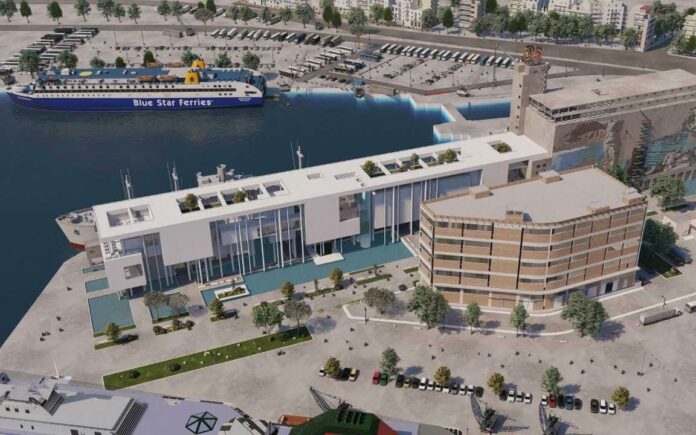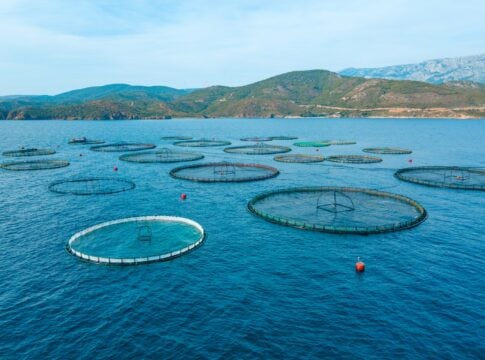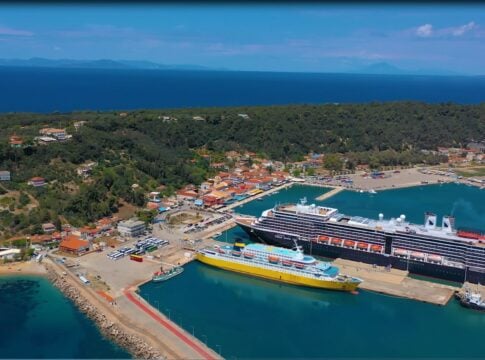The National Museum of Underwater Antiquities, which is currently development in the port of Piraeus, is expected to open its gates in 2026. It will constitute a top cultural landmark for the country’s largest port showcasing the treasures of the Greek seas.
More than 2,500 exhibits will be hosted in the Museum and a multitude of technological applications will be presented, with well-equipped maintenance laboratories and storage spaces.
The project of the National Museum of Underwater Antiquities is financed with the amount of 93,000,000 euros from the resources of the Recovery Fund, managed by the Ministry of Culture. It is the largest cultural project currently underway.The Museum’s premises, with a total area of 26,380 sq m, are divided into exhibition spaces for permanent and temporary exhibitions (7,550 sq m), spaces for educational programs and scientific activities (amphitheatre, library, multimedia), conservation workshops, area providing services to visitors (reception, cloakroom, shop, refreshment room, restaurant, infirmary), and administrative offices.
The exhibition will be structured into six sections:
1. Sea, Environment, Man,
2. Underwater Archaeology,
3. “Time capsules” on the seabed stations
4. Approaching the past fragmentarily. An open issue to be managed,
5. Underwater cultural heritage open to society,
6. Silo Building and Piraeus, interconnected stories.
Visitors can tour the “interior” of the existing building, see parts of the facilities to which he would not have access under normal circumstances, and in this way understand its function. The structure of the granary is revealed to the visitor, while he can navigate the exhibition through a smooth path with ramps, a continuous line that follows the sequence of the thematic sections of the museological study.














